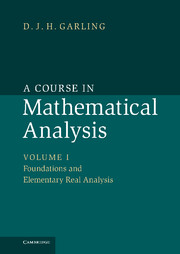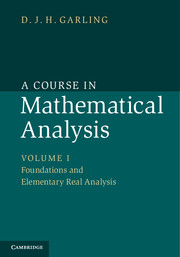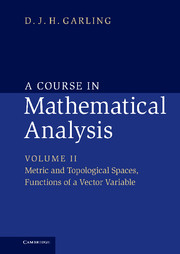A Radical Approach to Real Analysis
In the second edition of this MAA classic, exploration continues to be an essential component. More than 60 new exercises have been added, and the chapters on infinite summations, differentiability and continuity, and convergence of infinite series have been reorganized to make it easier to identify the key ideas. A Radical Approach to Real Analysis is an introduction to real analysis, rooted in and informed by the historical issues that shaped its development. It can be used as a textbook, or as a resource for the instructor who prefers to teach a traditional course, or as a resource for the student who has been through a traditional course yet still does not understand what real analysis is about and why it was created.
- The historically motivated approach provides context and insight
- Shows that experimentation is an essential component in the growth of mathematics
- Extra web resources including Maple and Mathematica commands, hints and selected solutions to exercises, and additional exercises and projects, can be found at www.macalester.edu/aratra
Reviews & endorsements
Reviews from the first edition: 'The past decade or so has witnessed the appearance of a substantial number of 'bridge the gap' introductions to real analysis, which lead the students at a gentler pace through the fundamentals of real analysis according to the traditional syllabus. It is well worth considering whether students in their undergraduate real analysis course might be better served by a radical approach such as Bressoud's.' G. A. Heuer, Mathematical Reviews
1st edition: 'It will appeal as a text; it should be in every library as a reference.' Wayne Roberts, Choice
Product details
April 2007Hardback
9780883857472
336 pages
261 × 182 × 23 mm
0.765kg
This item is not supplied by Cambridge University Press in your region. Please contact Mathematical Association of America for availability.
Table of Contents
- Preface
- 1. Crisis in mathematics: Fourier's series
- 2. Infinite summations
- 3. Differentiability and continuity
- 4. The convergence of infinite series
- 5. Understanding infinite series
- 6. Return to Fourier series
- 7. Epilogue
- A. Explorations of the infinite
- B. Bibliography
- C. Hints to selected exercises.





